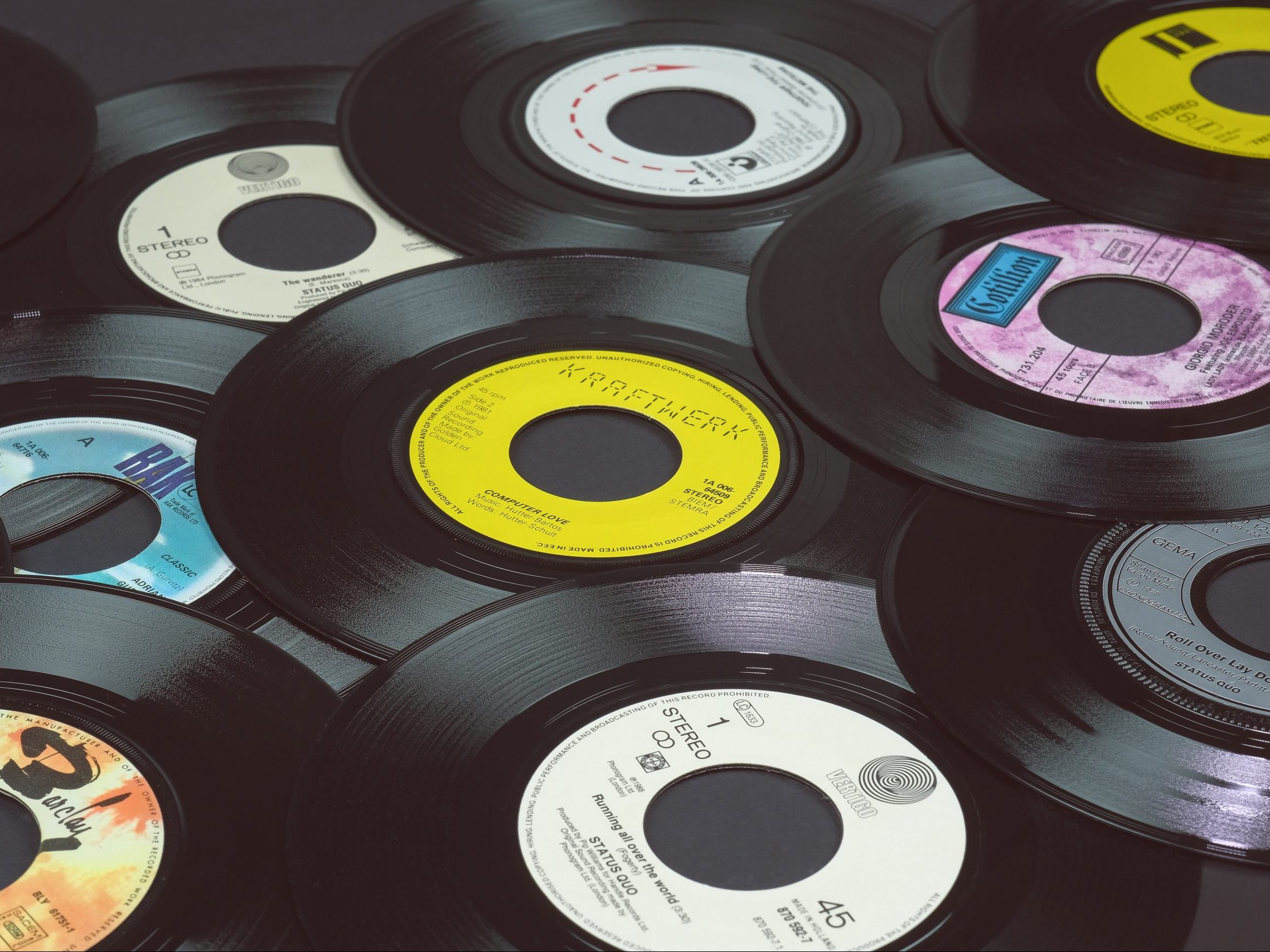Long before the days of digital music and the age of streaming, physical mediums like the 8-track, cassette, CD and vinyl record ruled the scene. Every time a new album dropped, fans would flock to their nearest music store to purchase the project on its release day. Having a large physical collection of music was seen as normal and necessary, as it was the only way to control what you were listening to. When you wanted to relax, you’d pick your favorite album, drop the needle and let the rich sound flow through your ears. Once the end-all-be-all medium of the music industry, vinyl has experienced both a drastic fall and a massive rise in popularity, only to yet again be faced with significant obstacles.
As the decades went on and new music formats were invented, vinyl slowly started to fade away. In 1988, CD sales surpassed the annual sales of Vinyl LPs for the first time, with the gap between the two formats only growing larger as time went on. CDs were the future — they sounded better than magnetic tape-based mediums such as 8-track and cassettes, but were also ready for travel, unlike vinyl. Enter the early 2000s and the popularity of CDs and MP3s finally closed the casket on the age of vinyl, or so we thought.
In the past few years, vinyl has undergone a huge resurgence. Practically every artist releases a vinyl version of their new albums, and record players are increasingly easy to get a hold of. Major retailers such as Target and Walmart have transitioned their music aisles to be almost solely focused on vinyl as CD sales begin to plummet and record sales skyrocket. In fact, this year, vinyl sales have surpassed CD sales for the first time since 1987. Millions of people swear by the warm tone that vinyl produces, claiming that it is the ultimate hi-fi listening experience, and millions more will be exposed to this medium as this nostalgic love-fest continues.
Yet, while vinyl may be back, supply and demand issues have become increasingly annoying obstacles that may be hurting its long-term resurgence. The COVID-19 pandemic created a huge pause in production. Due to changes in work regulations and the spread of COVID-19 interrupting typical business operations, vinyl production slowed to a limping crawl during 2020. After this pandemic slowdown, it took months for the industry to get back on track with production, but yet another new problem has arisen. Big artists like Adele are requesting unprecedentedly massive orders of vinyl records for their new albums, leading to industry-wide delays. When Adele’s album “30” was released in November 2021, it was announced that 500,000 copies of the vinyl version were being pressed. The massive order backlogged the entire production of vinyl industry-wide, holding up orders from other famous artists and stopping smaller artists from being able to make orders almost entirely.
Artists like Adele and Taylor Swift have been heavily criticized online by members of the vinyl-collecting scene for causing these delays, but it is not entirely their fault. While large orders placed by their record labels have caused large delays, the delays were going to happen regardless. Large production orders would not be as much of a problem if there were enough vinyl-producing factories to combat demand. There are approximately 100 vinyl-producing factories globally, but only around 10 of them have the ability to fulfill large orders. Some are outright owned by specific record labels, thus restricting their output to specific artists, and others cannot take on orders under a certain size. The current state of the industry has made it incredibly hard for artists to get products made for their projects, and it’s particularly bad for small artists. If you are an independent artist or are signed to a smaller label, you will have to search far and wide for a factory to press your record, and after that, you will then have to wait around nine months until they are even ready for order.
When the alt-punk band, The Garden, released their most recent album “Horseshit on Route 66” they set up a vinyl preorder through their merch site. The album was released in October 2022, but it will take until “mid-late 2023” for vinyl preorders to be shipped. That will be a minimum seven-month wait from the album’s initial release for the records to be sent out. For being a “smaller” artist compared to the likes of Adele and Taylor Swift, The Garden is still fairly popular. Imagine the wait times that fans will endure for albums from artists who receive less than a million listens monthly on streaming services.
The artists themselves should not be blamed for vinyl shortages. While massive orders from these artists have caused supply issues, the industry has failed to adjust to the phenomenal growth of vinyl sales in the past few years. Vinyl is once again the most popular physical medium, and the industry is going to have to catch up eventually. Just as vinyl-producing factories once closed due to the emergence of CDs, new ones will hopefully open to satisfy the new demand for physical hi-fi audio.

















